
Barberry 'Cherry Bomb' Countryside Garden Centre
Cherry Bomb Japanese Barberry is primarily grown for its highly ornamental fruit. The fruits are showy scarlet drupes carried in abundance from early to late fall. It has attractive burgundy deciduous foliage which emerges red in spring. The small oval leaves are highly ornamental and turn an outstanding scarlet in the fall.

Cherry Bomb Barberry Shrub Japanese barberry, Red shrubs, Garden shrubs
Description: Compact shrub with striking burgundy-red leaves and brilliant scarlet fall color; this spiny shrub can be used in a hedge as a deterrant to tresspassers; best color in full sun Ornamental Features Cherry Bomb Japanese Barberry is primarily grown for its highly ornamental fruit.
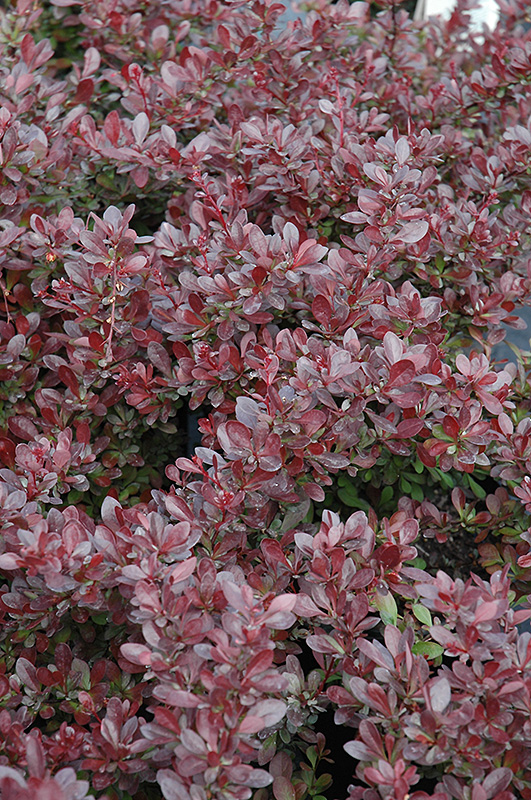
Cherry Bomb Japanese Barberry (Berberis thunbergii 'Monomb') in
Cherry Bomb Japanese Barberry is a dense multi-stemmed deciduous shrub with a more or less rounded form. Its relatively fine texture sets it apart from other landscape plants with less refined foliage. This shrub will require occasional maintenance and upkeep, and can be pruned at anytime. It is a good choice for attracting birds to your yard.
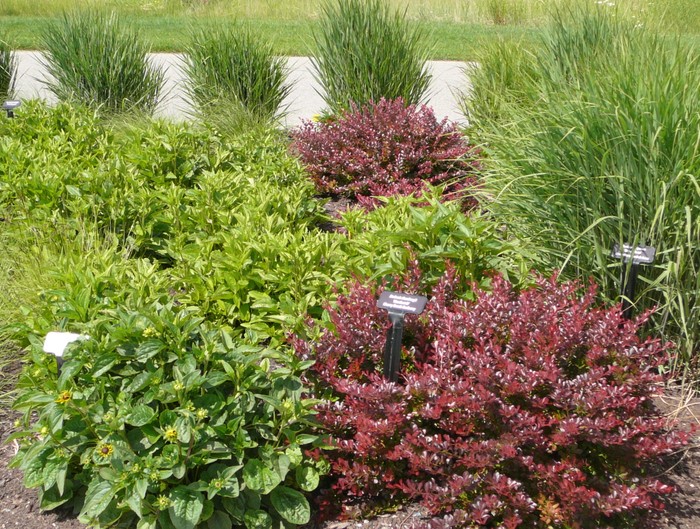
Cherry Bomb Barberry Okanagan Xeriscape Association
Cherry Bomb® Barberry Berberis thunbergii 'Monomb' A compact shrub with attractive crimson foliage and bright red berries in fall and winter. Can be used as a low-growing hedge. Tolerates dry soils. 1 2 Height: 3′ Spread: 3′ Light Needs: Full Sun to Part Shade Hardiness Zone: 3 Foliage Colour: Deep Crimson Fall Foliage: Red Growth Habit: Rounded
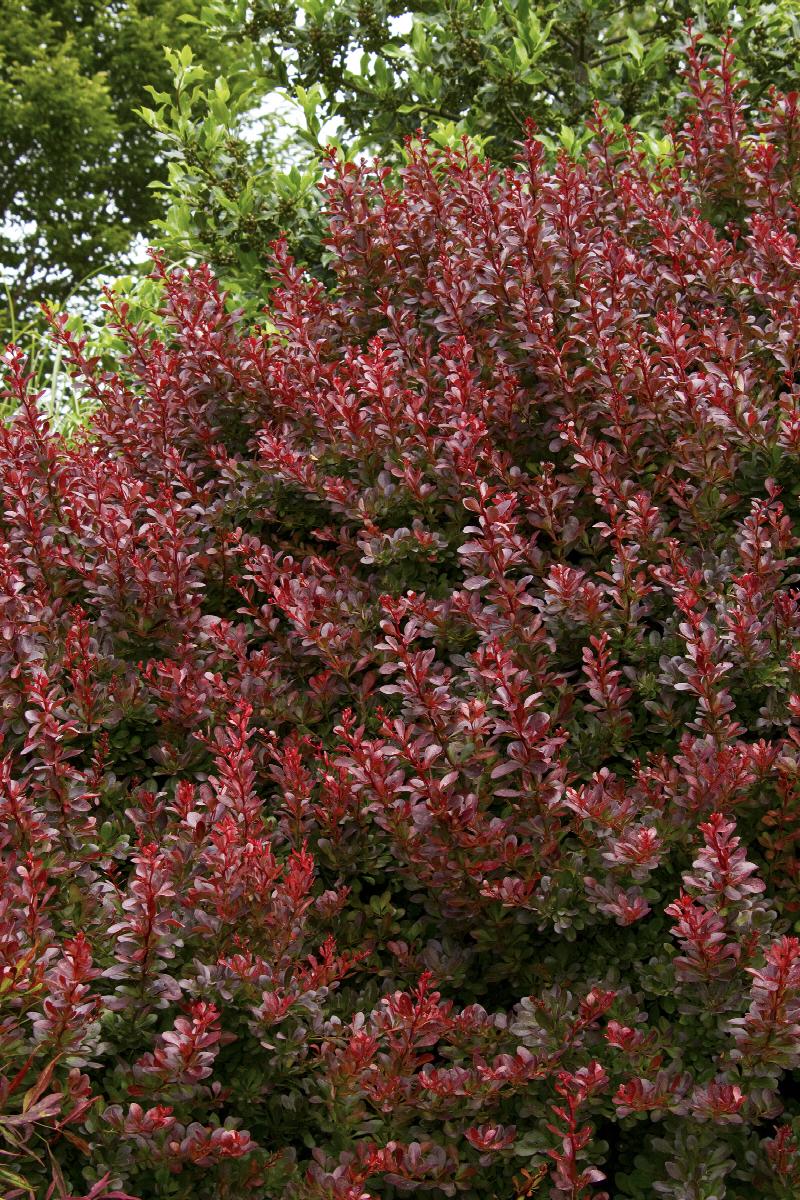
Cherry Bomb® Japanese Barberry, Berberis thunbergii 'Monomb' CPBR 3488
Features This shrub features beautiful red-purple foliage throughout the season. Provide full sun for best leaf coloration. A fine choice for the landscape, offering yellow flowers and red fruit. Uses A classic favorite for landscape focal points. Best used in groups and shrub borders.
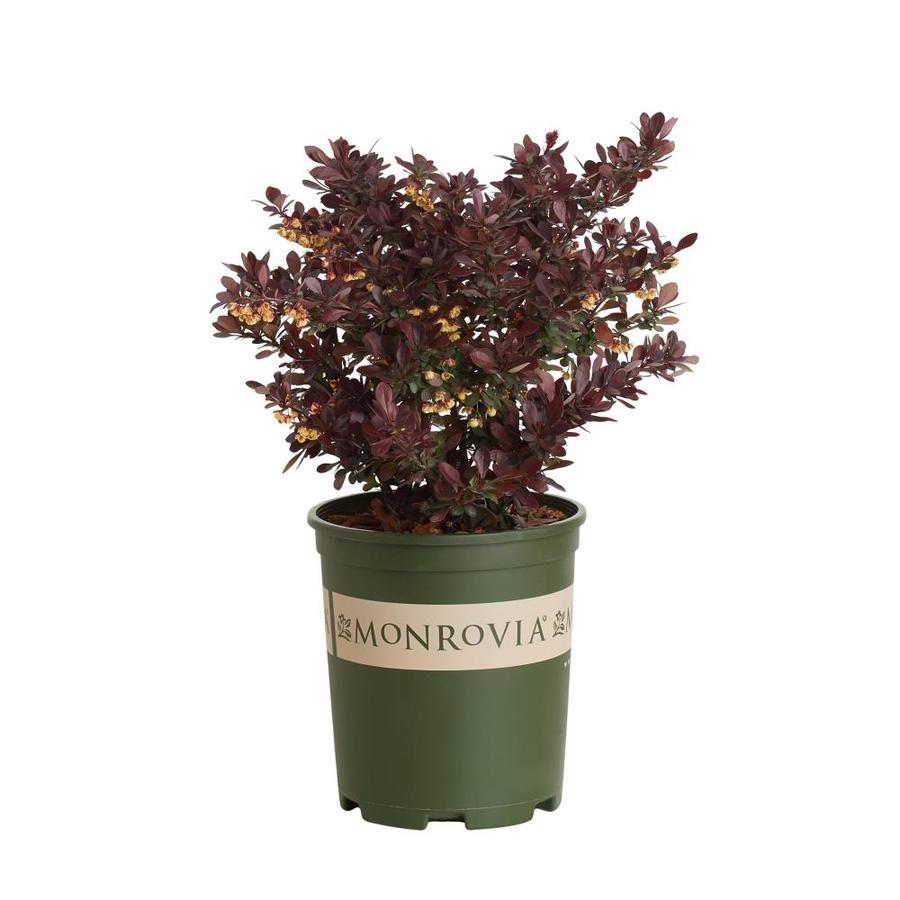
Monrovia Cherry Bomb Japanese Barberry Feature Shrub in Pot (With Soil
Common Name: Cherry Bomb® Japanese Barberry Botanical Name: Berberis thunbergii 'Monomb' CPBR3488 Plant Type: FLOWERING SHRUB Sun Exposure: Full Sun Bloom Time: Spring Average Size: 3-4' x 3-4' (.9-1.2m x .9-1.2m) Cold Hardiness:-30°F to -20°F / -34°C à -29°C (USDA Zone 4) Description: Vibrant red new growth stands out against deeper burgundy mature foliage on this compact deciduous shrub.
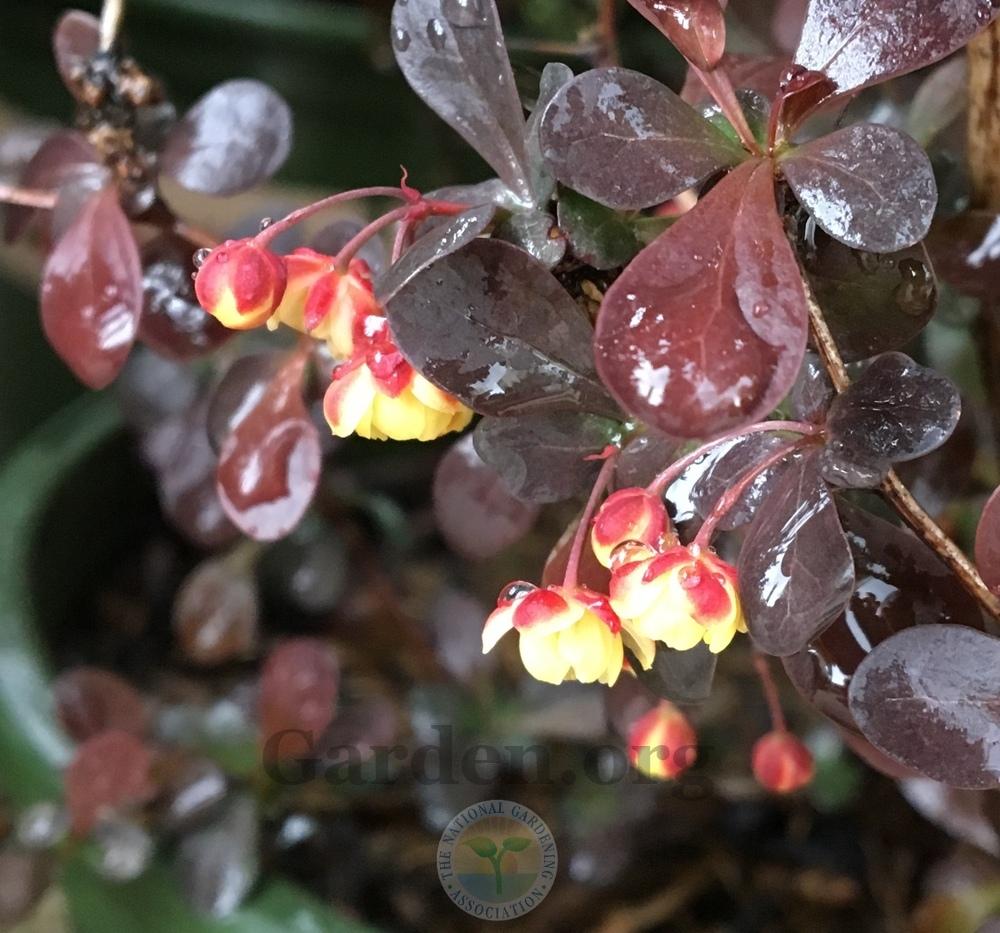
Japanese Barberry (Berberis thunbergii Cherry Bomb®) in the Barberries
Cherry Bomb Japanese Barberry will grow to be about 4 feet tall at maturity, with a spread of 4 feet. It tends to fill out right to the ground and therefore doesn't necessarily require facer plants in front. It grows at a medium rate, and under ideal conditions can be expected to live for approximately 20 years.

Cherry Bomb® Barberry Jeffries Nurseries
Cherry Bomb Barberry has excellent, deep crimson foliage. It is compact and makes an excellent low hedge or accent plant. It has small red berries that persist into the winter. This small shrub has small spines and needs full sun for the best color. It has no serious problems and adapts to a wide range of soils except for waterlogged soils.

Cherry Bomb Japanese Barberry Trees & Shrubs › Anything Grows
Buy Online We cannot currently ship this product to your zip code. Buy Locally No Retailers found within 50 miles of your zipcode Cherry Bomb® Japanese Barberry, A wonderful low hedge, barrier planting, or single shrub accent, with compact branches and deep crimson color to the dense foli
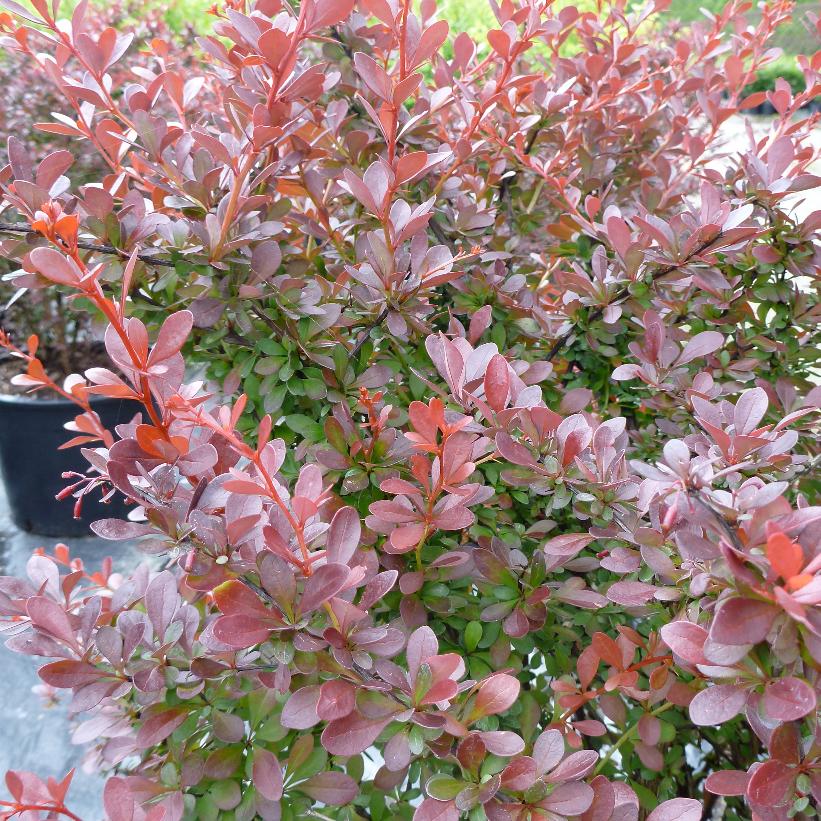
Berberis thunbergii Cherry Bomb® ('Monomb') (CPBR3488) from NVK Nurseries
Vibrant red new growth stands out against deeper burgundy mature foliage on this compact deciduous shrub. Red berries add colour to the fall and winter landscape. Perfect as a barrier or low hedge. Deer resistant. Propagation prohibited. Exposure: Full Sun Bloom Time: Spring Height x Width: 3-4' x 3-4' Hardiness: -34°C

Cherry Bomb® Barberry Jeffries Nurseries
Japanese Barberry (Berberis thunbergii Cherry Bomb®) General Plant Information ; Plant Habit: Shrub: Life cycle: Perennial: Sun Requirements: Full Sun to Partial Shade: Water Preferences: Mesic Dry Mesic Dry: Minimum cold hardiness: Zone 4a -34.4 °C (-30 °F) to -31.7 °C (-25 °F) Leaves: Unusual foliage color Deciduous: Fruit: Showy
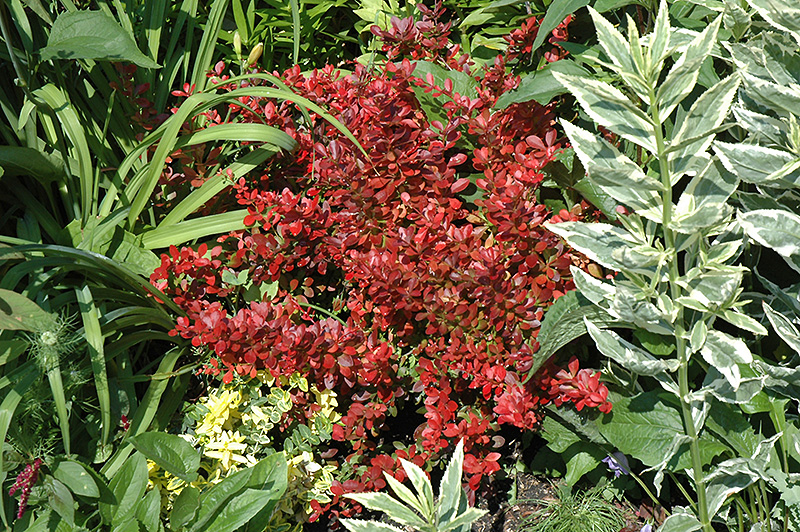
Cherry Bomb Japanese Barberry (Berberis thunbergii 'Monomb') in
Cherry Bomb Japanese Barberry is primarily grown for its highly ornamental fruit. The fruits are showy scarlet drupes carried in abundance from early to late fall. It has attractive burgundy deciduous foliage which emerges red in spring. The small oval leaves are highly ornamental and turn an outstanding scarlet in the fall.
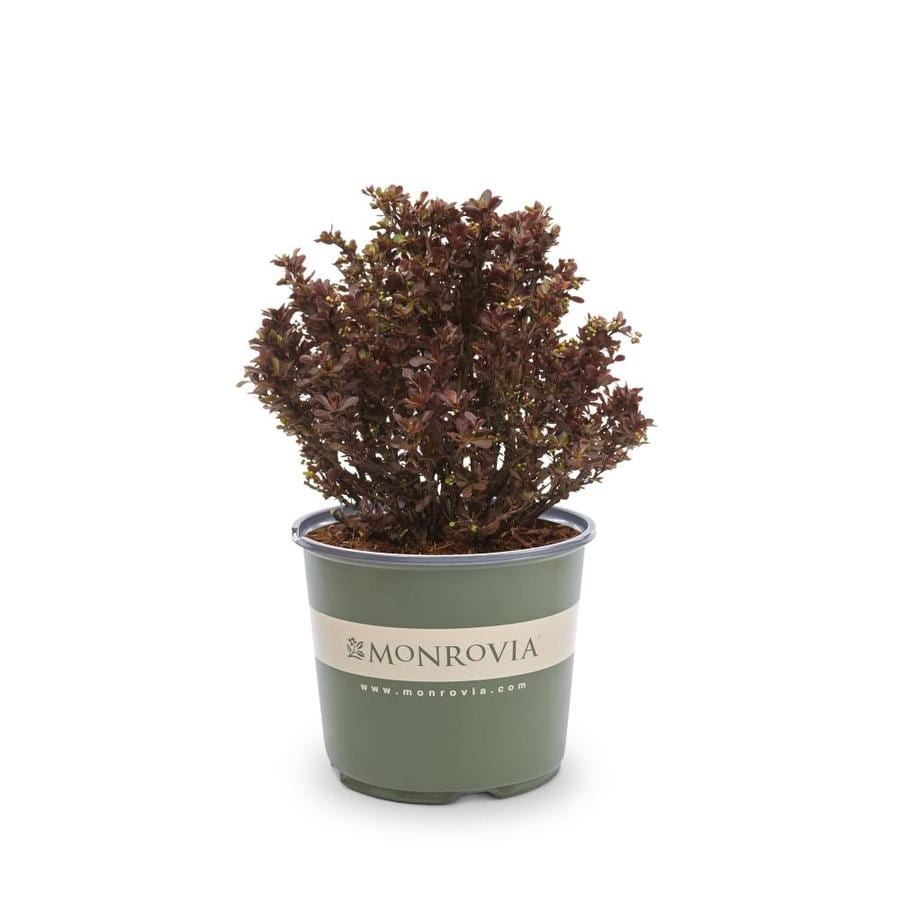
Monrovia Cherry Bomb; Barberry Accent Shrub in Pot (With Soil) (L27210
Cherry Bomb Japanese Barberry is a dense multi-stemmed deciduous shrub with a more or less rounded form. Its relatively fine texture sets it apart from other landscape plants with less refined foliage. This shrub will require occasional maintenance and upkeep, and can be pruned at anytime.
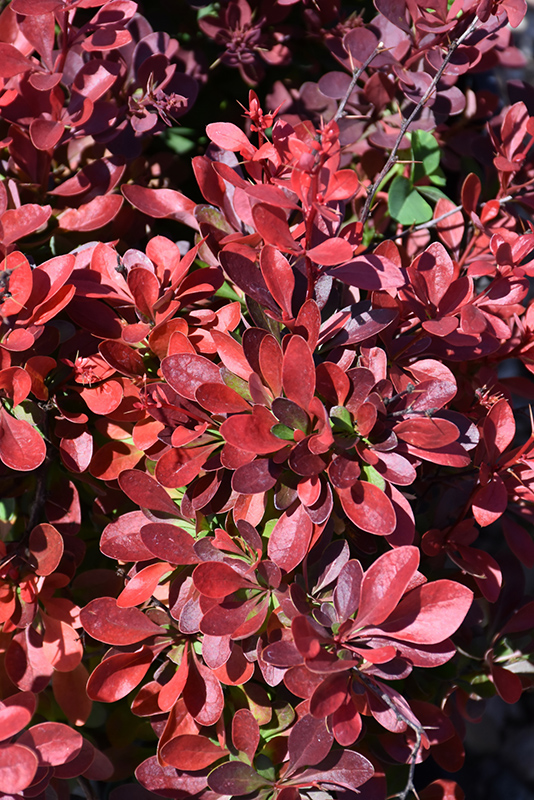
Cherry Bomb Japanese Barberry (Berberis thunbergii 'Monomb') in San
Cherry Bomb Japanese Barberry is a dense multi-stemmed deciduous shrub with a more or less rounded form. Its relatively fine texture sets it apart from other landscape plants with less refined foliage. This shrub will require occasional maintenance and upkeep, and can be pruned at anytime.

Cherry Bomb Japanese Barberry Knippel Garden Centre
Cherry Bomb® Japanese Barberry (shown) Compact branches make a wonderful low hedge, barrier planting or single shrub accent. Bright red berries enhance its look in fall and winter. Zone: 4 - 8 Dense, privacy hedge Color Control Thorny by nature and dense by habit, barberries make excellent hedges.
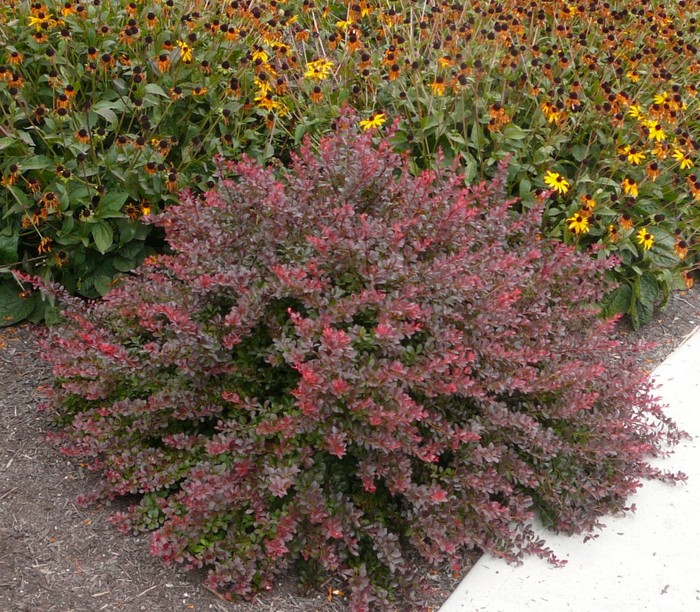
Cherry Bomb Barberry Okanagan Xeriscape Association
Cherry Bomb® Barberry Berberis thunbergii 'Cherry Bomb®' (Monomb) Also called Barberry Yellow flowers are more prominent on this cultivar than on most Berberis Red berries persist into the winter Burgundy foliage emerges red in the spring, turning scarlet in the fall Stems have sharp thorns Highly tolerant of urban pollution and salt